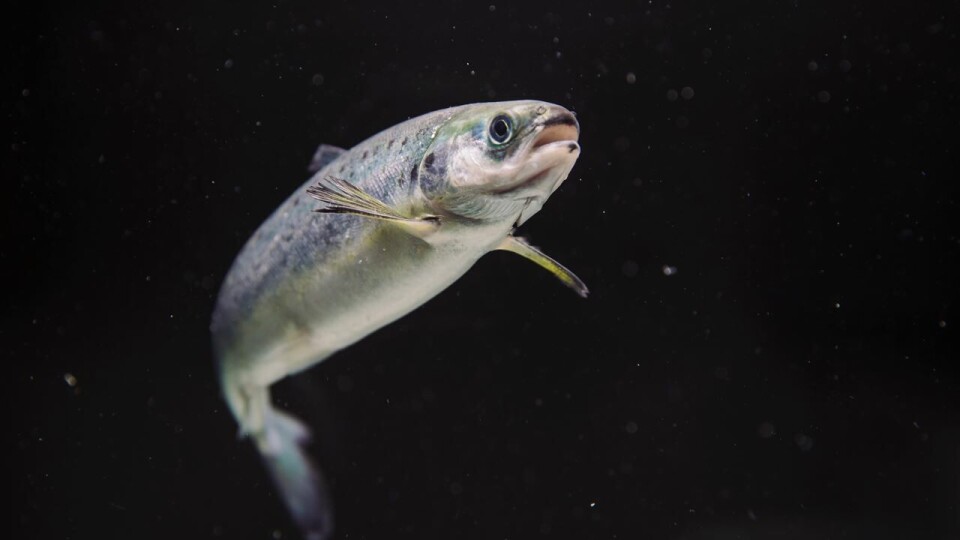
Better heart health in smolts raised more slowly
A new study in Norway shows that slower production of salmon smolts leads to larger and healthier fish.
A lot has been invested in producing a fast-growing and large juvenile fish (smolt) that do not have to be in the sea for so long, thereby lessening challenges on the environmental side.
However, new results from the study by the NMBU Veterinary College and the University of Oslo suggest that there may also be challenges with fish that have grown very fast before being released into the sea, as they become less robust and cope less with stress and strain in the seawater phase.

Increasing mortality
Like humans, farmed salmon can suffer from heart disease. For example, many fish get Cardiomyopathy Syndrome (CMS) which is initiated by a virus and in the worst case can cause the heart to rupture, especially if the fish is stressed.
“In fact, we now see increasing mortality related to heart problems in Norwegian salmon farming, despite decades of research on salmon health and welfare,” says Ida Beitnes Johansen, associate professor at the Department of Preclinical Sciences and Pathology at NMBU Veterinary College.
“It is especially problematic when large and apparently healthy fish die before slaughter. This mortality represents a significant welfare and financial problem.”
Heart less symmetrical
In a new study published in the journal Aquaculture, researchers at the Veterinary College and the Faculty of Medicine at the University of Oslo show that rapid intensive production of smolt in fresh water gives salmon heart problems later in life. In the hatchery, the fish hatch and the conditions are created for them to get ready for the seawater phase. Often this production happens quickly; in less than a year with high food supply and high temperature.
“This is much faster than in nature where the salmon can spend 2-5 years in an often cold and nutrient-poor river before life in the sea begins. In the study, we show that rapid production in fresh water has consequences for how the salmon’s heart develops. The hearts become rounder and less symmetrical, and we found that such changes are associated with mortality in CMS outbreaks,” says Beitnes Johansen.
Quicker growth in sea
The study was conducted in collaboration with Ellingsen Seafood, one of a few companies that focus on alternative, slow production of juvenile fish (so-called “old smolt”). Studies of such fish also showed that slower and more naturally produced salmon have a heart development that is more similar to that of wild salmon.
“They get better heart health later in life and in fact also grow much faster than ‘normal’ smolts after release into the sea,” says Beitnes Johansen.
“In other words, our findings suggest that a slightly longer production time in the freshwater phase leads to faster growth and healthier fish later in life. Heart health and reduced mortality can thus be achieved by promoting rapid growth in the sea rather than in fresh water in Norwegian salmon farming.”






















































